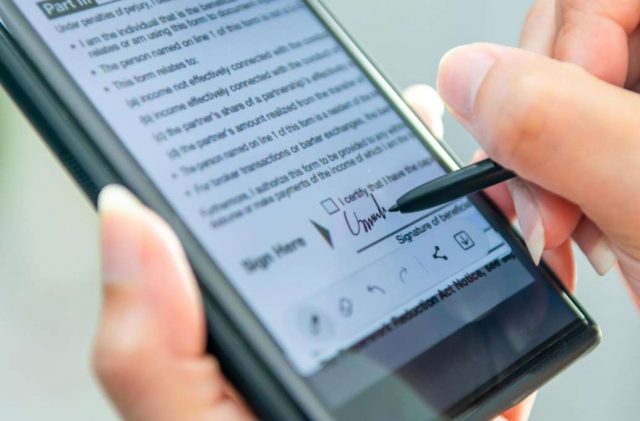Signatures are required for a variety of important documents, such as legal contracts. However, it’s not always possible or convenient for individuals to sign these documents in person. Fortunately, many documents can be signed electronically.
Electronic signatures take the place of the traditional pen-and-ink signature. They also don’t require the person or entity responsible for the document to be in the presence of the signee. Thus, they can make collecting signatures easier and safer for everyone and are strongly recommended in a range of situations.
When Saving Money Is A Concern
So, when is an electronic signature necessary? While capturing an electronic signature is suitable in several scenarios, it’s especially advisable when trying to save money. Many organizations never really consider how much they spend on paper, printers, ink, and other related expenses.
While these costs may seem minimal, they can add up quickly, especially when multiple documents are physically signed on a daily basis. Add electronic signatures into the mix, and expenses are instantly reduced. The more people who sign online or virtually, the more money the organization is likely to save.
When Detailed Proof Is Required
When an individual signs a document in person, the only real proof is the signature itself and a date. Unless a notary is present, the signer may be able to deny that they actually signed the document. This can make it hard to enforce the requirements set forth in that document, which can pose a real risk for businesses and other entities.
With a reliable e-signing method on the other hand, multiple forms of proof are typically recorded. Good electronic signature technology will usually capture not just the signature but also the exact time it was signed. Information about the document’s history may also be included. This helps to protect everyone involved and, in many ways, can be more secure and traceable than an in-person signature.
When People Can’t Be There In Person
Despite the many benefits of electronic signatures, some businesses still prefer the old-fashioned method or want to offer it as a possible choice. Even for these organizations, however, an e-signature option can come in handy. Take, for example, customers located out of the country. Since it wouldn’t be feasible for them to come in and sign a document, electronic signatures are the way to go. They can also work when people are ill or have other challenges that make it difficult for them to sign paperwork in person.
When The Mail is too Slow
One alternative to in-person signatures is having people sign documents physically and then send them through the mail. Unfortunately, the mail has a reputation for sometimes being quite slow. In these slow mail periods, electronic signing just makes sense, particularly if time is of the essence.
As an additional bonus, with e-signing, there is no need to pay for postage or enhanced tracking. Everything can be handled in a matter of minutes instead of days, weeks, or, in a worst case scenario, months. There’s no chance of anything getting lost in the mail and no need to argue over postmarks and sending dates.
These are just a few situations in which electronic signatures can be vital. They may also be needed for people who are concerned about the environmental impact of paper waste and traditional mail. In fact, there are numerous instances where e-signing is the smart choice. For these reasons, even the most reluctant businesses, consumers, and others need to get on board with electronic signatures sooner instead of later.


